
Odaiba: Tokyo's Futuristic Seaside Oasis
Discover Odaiba: Tokyo's cutting-edge island with stunning views, high-tech attractions, and diverse shopping and leisure options, perfect for an unforgettable visit.
Odaiba is a high-tech entertainment hub located on a man-made island in Tokyo Bay. This vibrant area offers a unique blend of futuristic architecture, shopping complexes, and leisure spaces, making it a must-visit for tourists seeking a diverse experience. Start your adventure by exploring the iconic Rainbow Bridge, which offers stunning views, especially at night when it’s beautifully illuminated. Nearby, the life-sized Unicorn Gundam statue stands tall, attracting anime enthusiasts from around the globe. For a touch of culture, visit the Odaiba Statue of Liberty, a smaller replica of New York's famous monument, set against the backdrop of Tokyo's skyline. Odaiba is also home to some of Tokyo's best shopping and entertainment venues. The Aqua City and DiverCity Tokyo Plaza malls feature a mix of international brands and unique Japanese shops. For a dose of fun, head to the Oedo-Onsen Monogatari, a hot spring theme park where you can relax in traditional baths and enjoy historical Edo-period settings. Families will love the interactive exhibits at the Miraikan (National Museum of Emerging Science and Innovation), where you can experience the latest in technology and robotics. Don't miss the Palette Town complex, which includes the Venus Fort shopping mall designed to resemble a European town, and the giant Ferris wheel offering panoramic views of the city and bay. Whether you're into shopping, culture, technology, or just soaking up the futuristic vibes, Odaiba promises an unforgettable experience.
Local tips in Odaiba
- Visit in the evening to see the Rainbow Bridge illuminated for a spectacular view.
- Check the schedule for the Unicorn Gundam statue's transformation sequences, which occur several times a day.
- Purchase a day pass for the Yurikamome Line for easy access to all Odaiba attractions.
- Wear comfortable shoes as Odaiba is best explored on foot.
- Make time to relax at the Oedo-Onsen Monogatari, especially during weekdays when it's less crowded.
Odaiba: Tokyo's Futuristic Seaside Oasis
Odaiba is a high-tech entertainment hub located on a man-made island in Tokyo Bay. This vibrant area offers a unique blend of futuristic architecture, shopping complexes, and leisure spaces, making it a must-visit for tourists seeking a diverse experience. Start your adventure by exploring the iconic Rainbow Bridge, which offers stunning views, especially at night when it’s beautifully illuminated. Nearby, the life-sized Unicorn Gundam statue stands tall, attracting anime enthusiasts from around the globe. For a touch of culture, visit the Odaiba Statue of Liberty, a smaller replica of New York's famous monument, set against the backdrop of Tokyo's skyline. Odaiba is also home to some of Tokyo's best shopping and entertainment venues. The Aqua City and DiverCity Tokyo Plaza malls feature a mix of international brands and unique Japanese shops. For a dose of fun, head to the Oedo-Onsen Monogatari, a hot spring theme park where you can relax in traditional baths and enjoy historical Edo-period settings. Families will love the interactive exhibits at the Miraikan (National Museum of Emerging Science and Innovation), where you can experience the latest in technology and robotics. Don't miss the Palette Town complex, which includes the Venus Fort shopping mall designed to resemble a European town, and the giant Ferris wheel offering panoramic views of the city and bay. Whether you're into shopping, culture, technology, or just soaking up the futuristic vibes, Odaiba promises an unforgettable experience.
Iconic landmarks you can’t miss
Odaiba Marine Park
Discover the beauty and tranquility of Odaiba Marine Park, a stunning waterfront destination in Tokyo perfect for relaxation and recreation amidst urban splendor.
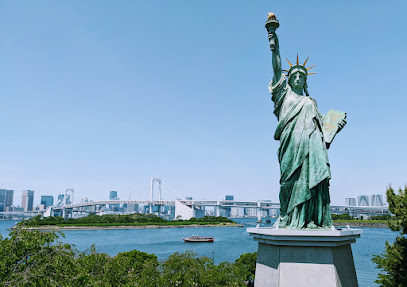
Statue of Liberty
Explore the Statue of Liberty in Tokyo, a stunning cultural landmark that blends history, beauty, and breathtaking views of the city skyline.
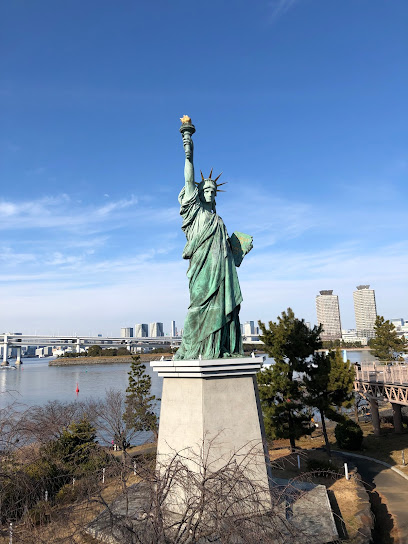
Daiba Park
Experience the perfect blend of nature and history at Daiba Park in Tokyo, where stunning views and serene surroundings await.
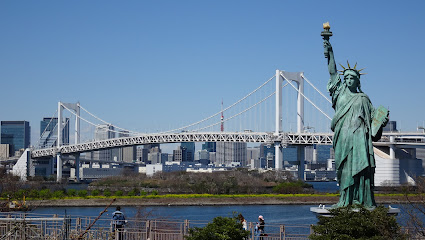
TOKYO TRICK ART MUSEUM
Discover the playful side of art at Tokyo Trick Art Museum, where creativity meets illusion for an unforgettable experience in the heart of Tokyo.
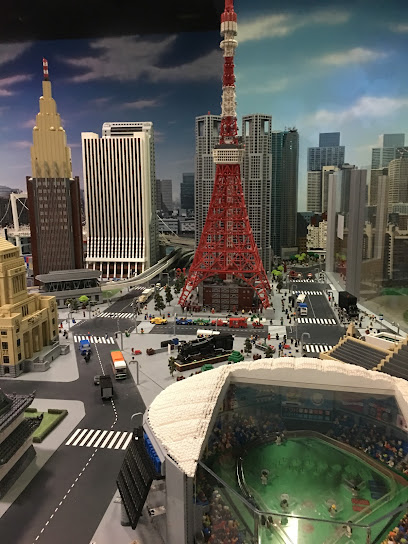
Fuji Television Headquarters “HACHITAMA” Spherical Observation Room
Experience breathtaking views of Tokyo from the unique HACHITAMA spherical observation room at Fuji Television Headquarters.
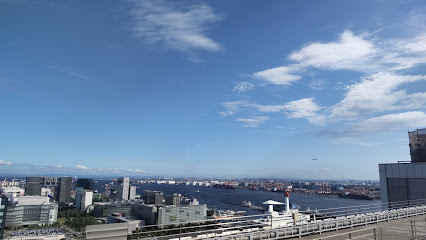
Rainbow Bridge Observation Deck
Experience breathtaking panoramic views of Tokyo Bay and the iconic Rainbow Bridge from the stunning Rainbow Bridge Observation Deck.
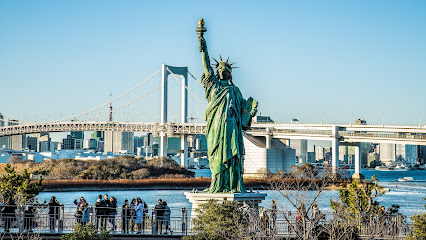
Aqua City Odaiba Shrine
Discover the serene Aqua City Odaiba Shrine, a tranquil Shinto oasis amidst Tokyo's vibrant urban landscape, perfect for cultural exploration and reflection.
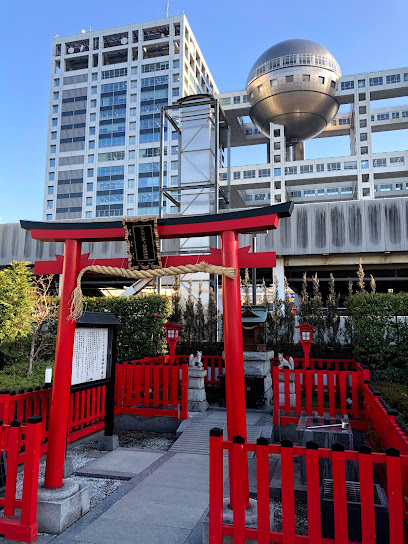
Lookout
Experience breathtaking panoramic views of Tokyo's skyline at Lookout, a serene tourist attraction perfect for relaxation and photography.
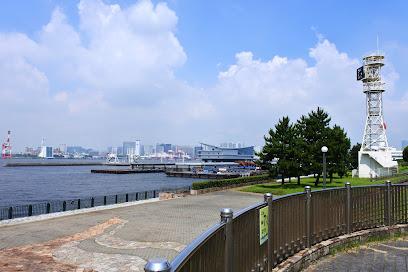
Dairoku-daiba
Discover the historical significance and breathtaking views at Dairoku-daiba, a must-visit landmark in Tokyo's Minato City.
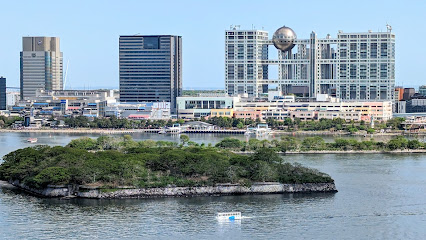
Odaiba Seaside Park
Discover tranquility at Odaiba Seaside Park, a serene waterfront escape in Tokyo with stunning views and lush landscapes.
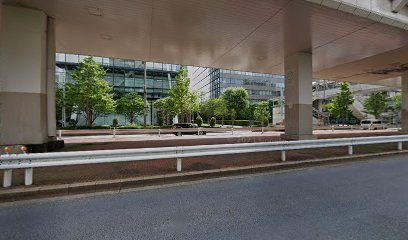
Unmissable attractions to see
The Life-Sized UNICORN GUNDAM Statue
Explore the iconic Life-Sized UNICORN GUNDAM Statue in Tokyo, a must-see attraction for anime lovers and tourists seeking unique experiences.
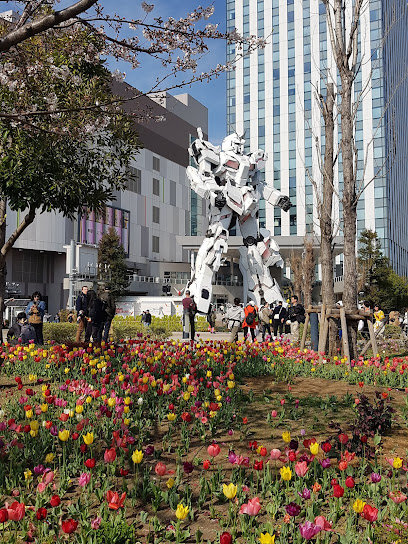
The National Museum of Emerging Science and Innovation
Visit the National Museum of Emerging Science and Innovation in Tokyo for an interactive journey through the latest in science and technology.

Odaiba Marine Park
Experience the beauty of Tokyo's waterfront at Odaiba Marine Park, a perfect blend of nature and city life with stunning views and serene beaches.
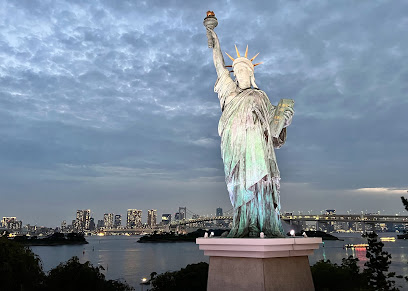
Tokyo Joypolis
Explore Tokyo Joypolis: an indoor amusement park in Odaiba with thrilling rides, arcade games, and VR experiences for all ages.
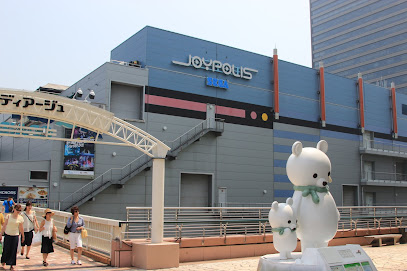
Statue of Liberty
Discover the Statue of Liberty in Tokyo: A Symbol of Freedom Amidst Urban Splendor and Cultural Richness.
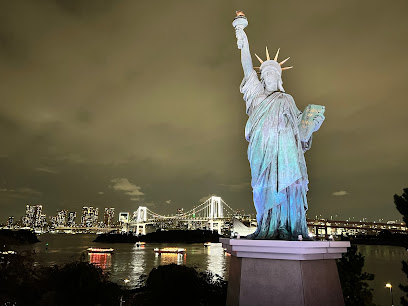
Madame Tussauds Tokyo
Discover your favorite celebrities at Madame Tussauds Tokyo, where lifelike wax figures bring the magic of fame to life in an engaging museum experience.
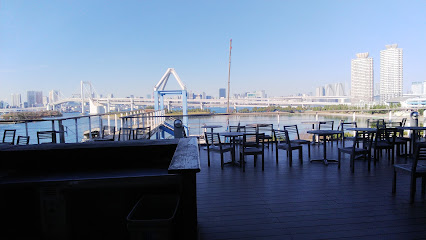
Daiba Park
Experience the natural beauty and historical charm of Daiba Park, a tranquil oasis in the heart of Tokyo with breathtaking waterfront views.
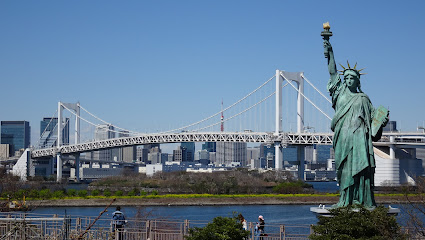
Fuji Television Headquarters “HACHITAMA” Spherical Observation Room
Discover breathtaking views and unique exhibitions at the Fuji Television Headquarters' Hachitama Spherical Observation Room in Tokyo.
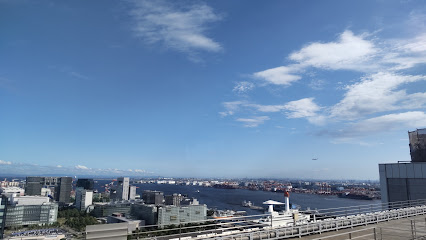
Love Sign Odaiba
Explore the Love Sign Odaiba, a captivating tourist attraction in Tokyo with stunning views of the Rainbow Bridge and a romantic ambiance.
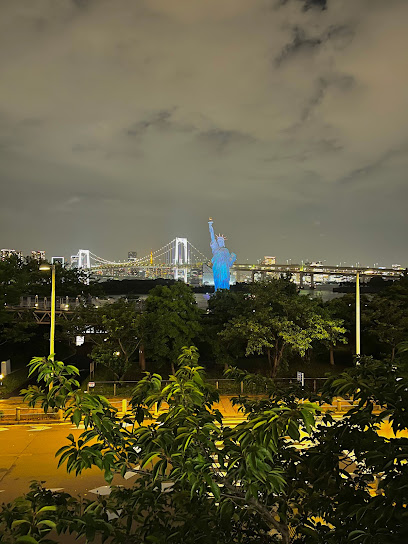
Rainbow Promenade
Discover the enchanting Rainbow Promenade in Minato City, Tokyo, a perfect blend of art, culture, and stunning waterfront views.

Essential places to dine
Red Lobster Odaiba store
Discover American-style seafood dining at Red Lobster Odaiba—where fresh flavors meet stunning views in Tokyo Bay.
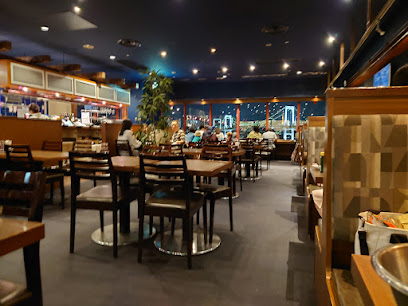
Monsoon Cafe Odaiba
Savor authentic Southeast Asian cuisine at Monsoon Cafe Odaiba, where delightful flavors meet stunning waterfront views.
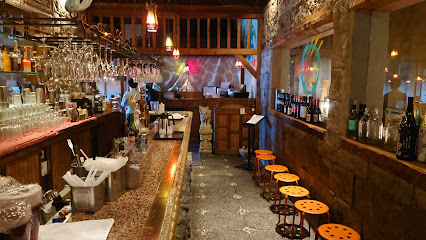
ZEST CANTINA ODAIBA
Discover vibrant Tex-Mex flavors at Zest Cantina Odaiba – where every bite brings the spirit of Mexico to Tokyo's waterfront.
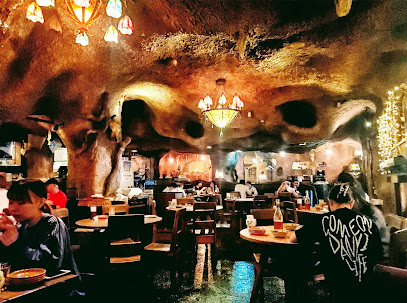
Gonpachi Odaiba
Experience authentic Japanese cuisine at Gonpachi Odaiba with stunning views of Tokyo Bay in a lively izakaya setting.
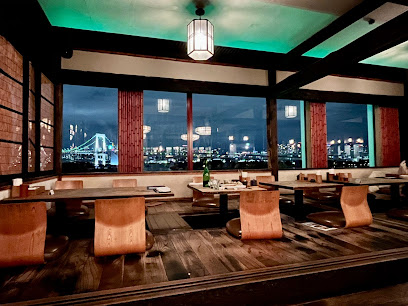
KING OF THE PIRATES
Savor European flavors in a pirate-themed setting at KING OF THE PIRATES, located in Tokyo's vibrant Daiba district.
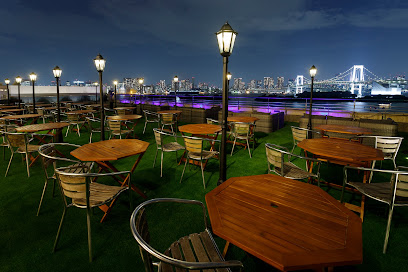
1129 by Ogawa
Experience the finest steaks with stunning views at 1129 by Ogawa in Odaiba, Tokyo – where culinary excellence meets breathtaking scenery.
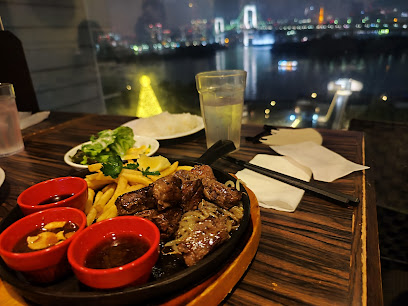
Green Asia Tokyo
Experience the vibrant flavors of Indonesia and Southeast Asia at Green Asia Tokyo—where delicious food meets a dog-friendly atmosphere.
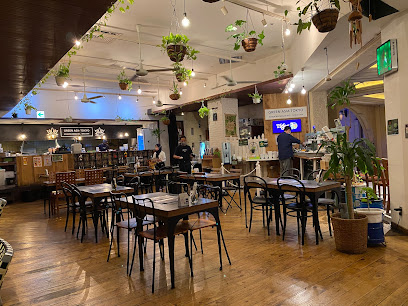
Grillogy Bar and Grill
Discover the ultimate dining experience at Grillogy Bar and Grill in Tokyo's vibrant Daiba district, where premium meats meet stunning bay views.

BLUE TABLE
Savor the best of modern izakaya dining at BLUE TABLE in Tokyo's vibrant Daiba district—where tradition meets contemporary flavor.
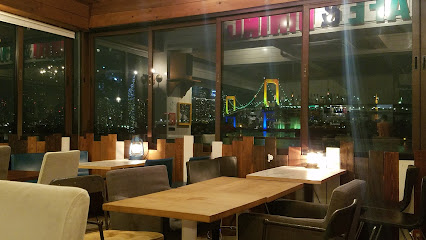
BOTEYA - takoyaki teppanyaki
Discover authentic Japanese cuisine at BOTEYA - Takoyaki Teppanyaki, where delicious takoyaki meets an exciting dining atmosphere in Minato City.
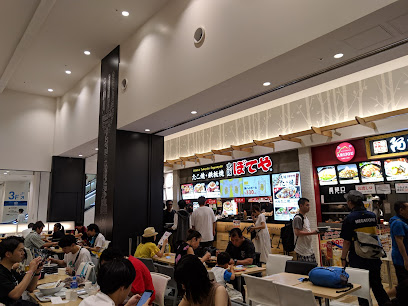
Markets, malls and hidden boutiques
Daiba 1-Chome Shopping street
Experience the energy of Tokyo at Daiba 1-Chome Shopping Street, where shopping meets entertainment in a stunning waterfront setting.

AQUA CiTY Odaiba
Discover the ultimate shopping and entertainment experience at AQUA CiTY Odaiba, a vibrant destination by the stunning Tokyo Bay.
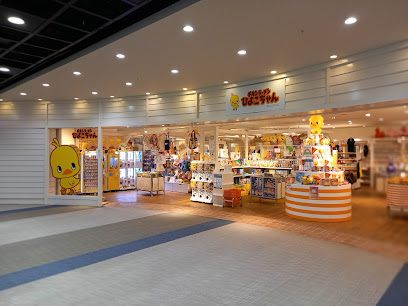
Disney Store Odaiba Aqua City shop
Experience the enchantment at Disney Store Odaiba Aqua City with exclusive merchandise, character displays, and a magical atmosphere in Tokyo.
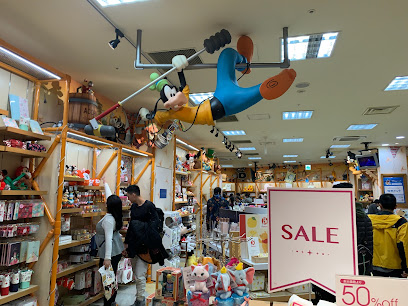
Hello Kitty Japan
Explore the magical realm of Hello Kitty Japan in Tokyo, a delightful store offering exclusive merchandise and unforgettable experiences.
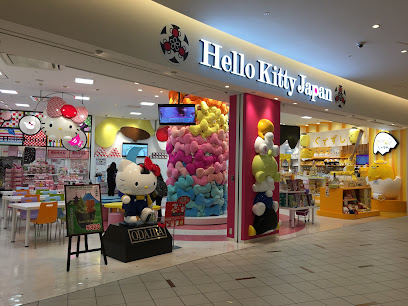
Doraemon Future Department Store
Explore the whimsical world of Doraemon at the Future Department Store in Tokyo, where delightful merchandise and nostalgia await every fan.
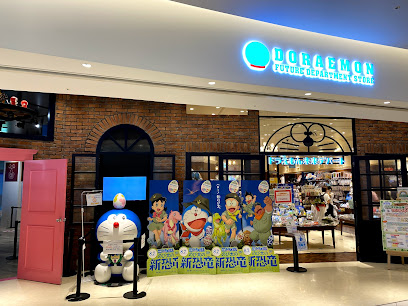
Flying Tiger
Explore the eclectic charm of Flying Tiger in Aqua City Tokyo, where playful design meets affordable gifts and creative inspiration.
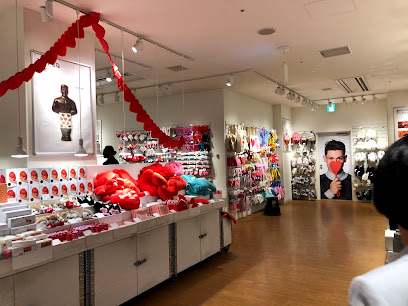
The Daiba Gift Shop
Explore The Daiba Gift Shop in DiverCity Tokyo Plaza for unique souvenirs, local snacks, and a taste of Tokyo's vibrant culture.
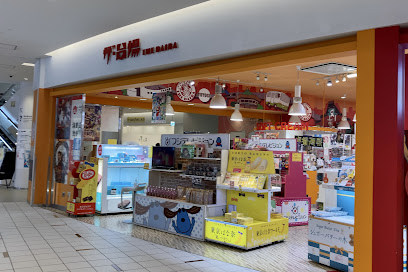
Trick Department Store
Explore Trick Department Store in Odaiba for unique gifts and eclectic treasures that capture the essence of Japanese culture and creativity.
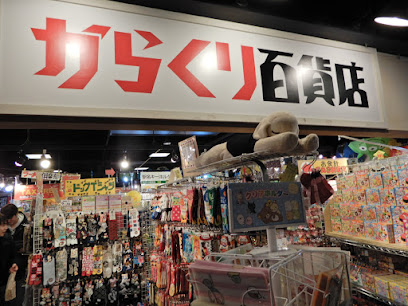
Museum&Museum Odiba
Explore the latest fashion trends at Museum&Museum Odiba, the go-to destination for stylish accessories in Tokyo's Aqua City.
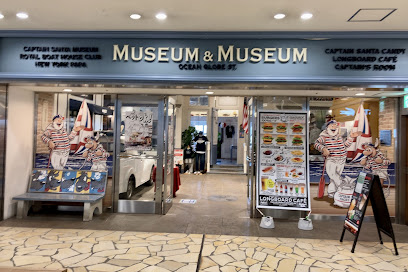
SMILEY'S
Explore SMILEY'S in Daiba, Tokyo - a haven for unique gifts and authentic souvenirs that capture the essence of Japanese culture.
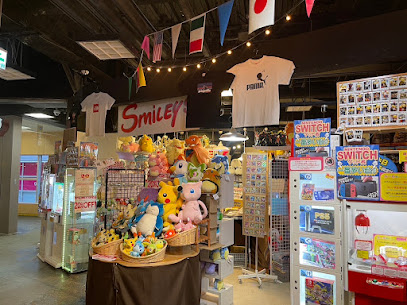
Essential bars & hidden hideouts
TGI FRIDAYS ODAIBA AQUA CITY
Experience the best of American cuisine at TGI Fridays Odaiba Aqua City, where delicious food meets breathtaking Tokyo Bay views.
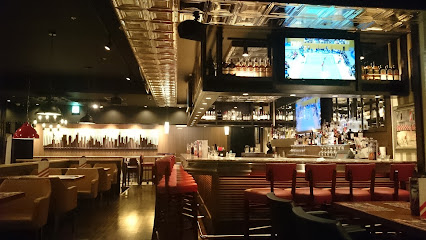
Grillogy Bar and Grill
Discover the ultimate meat experience at Grillogy Bar and Grill in Tokyo's Daiba, where flavor and ambiance unite for an unforgettable dining adventure.
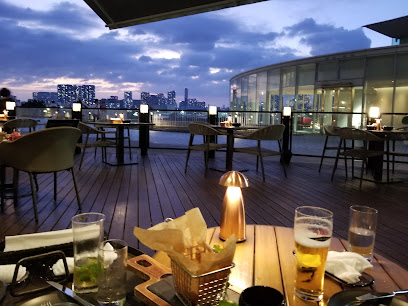
MALTBAR WHISKEY VOICE
Discover a whiskey lover's paradise at Maltbar Whiskey Voice, featuring over 300 selections in a chic setting in Tokyo's Daiba district.
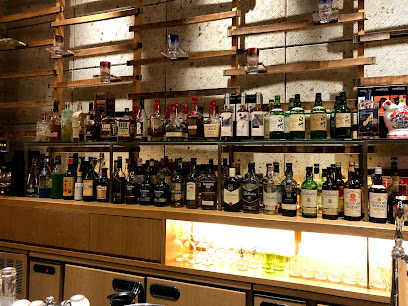
Executive Lounge
Experience serenity and elegance at the Executive Lounge in Tokyo, a perfect retreat for relaxation amidst the city's vibrant energy.
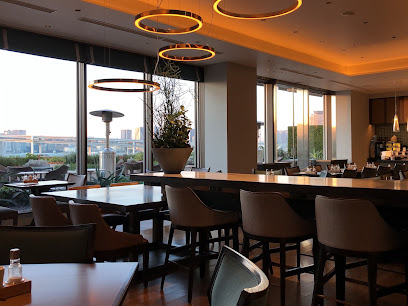
CAPTAIN'S BAR
Experience the charm of Captain's Bar in Odaiba, Tokyo - where exquisite cocktails meet stunning views and nautical ambiance.
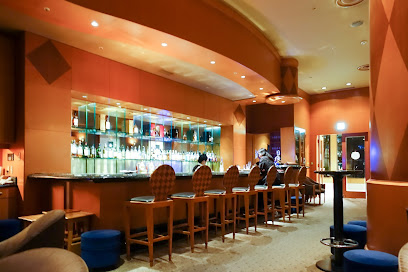
The Bar & Lounge
Experience elegance and tranquility at The Bar & Lounge, where exquisite drinks and stunning views meet in the heart of Tokyo's Daiba district.
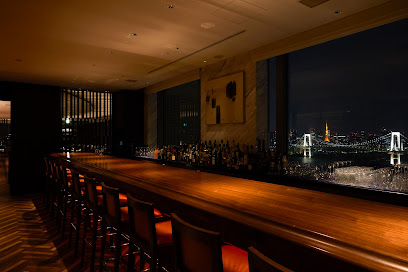
the BAR
Experience the perfect blend of exquisite drinks and stunning photography at The BAR in Tokyo's Koto City.
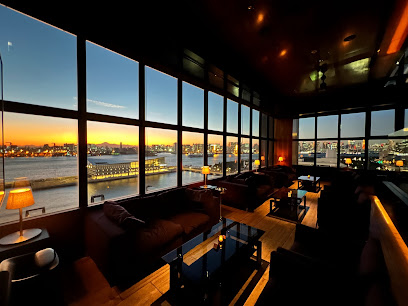
エグゼクティブラウンジ
Experience the epitome of luxury and relaxation at エグゼクティブラウンジ in Tokyo's vibrant Daiba district, offering exquisite drinks and stunning views.

g&g
Discover G&G, a cozy bar in Daiba, Tokyo, where delightful drinks and a friendly atmosphere create unforgettable memories.

View Lounge on 27th
Discover the elegance of View Lounge on 27th in Tokyo, where breathtaking views meet luxurious relaxation and exquisite flavors.
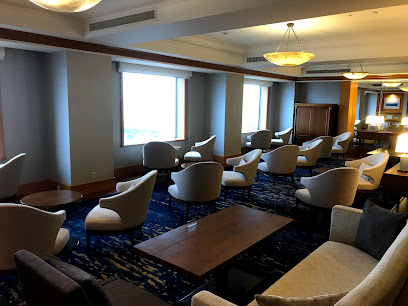
Local Phrases
-
- Helloこんにちは
[Kon'nichiwa] - Goodbyeさようなら
[Sayōnara] - Yesはい
[Hai] - Noいいえ
[Iie] - Please/You're welcomeどうぞ
[Dōzo] - Thank youありがとうございます
[Arigatō gozaimasu] - Excuse me/Sorryすみません
[Sumimasen] - How are you?お元気ですか?
[Ogenki desu ka?] - Fine. And you?元気です。あなたは?
[Genki desu. Anata wa?] - Do you speak English?英語を話せますか?
[Eigo o hanasemasu ka?] - I don't understandわかりません
[Wakarimasen]
- Helloこんにちは
-
- I'd like to see the menu, pleaseメニューを見せていただきたいです
[Menyū o misete itadakitai desu] - I don't eat meat私は肉を食べません
[Watashi wa niku o tabemasen] - Cheers!乾杯!
[Kanpai!] - I would like to pay, pleaseお会計をお願いします
[O-kaikai o onegai shimasu]
- I'd like to see the menu, pleaseメニューを見せていただきたいです
-
- Help!助けて!
[Tasukete!] - Go away!行ってください!
[Itte kudasai!] - Call the Police!警察を呼んでください!
[Keisatsu o yonde kudasai!] - Call a doctor!医者を呼んでください!
[Isha o yonde kudasai!] - I'm lost道に迷っています
[Michi ni mayotte imasu] - I'm ill具合が悪いです
[Guai ga warui desu]
- Help!助けて!
-
- I'd like to buy...買いたいです...
[Kaitai desu...] - I'm just looking見てるだけです
[Miteru dake desu] - How much is it?いくらですか?
[Ikura desu ka?] - That's too expensiveそれは高すぎます
[Sore wa takasugimasu] - Can you lower the price?値段を下げてもらえますか?
[Nedan o sagete moraemasu ka?]
- I'd like to buy...買いたいです...
-
- What time is it?今何時ですか?
[Ima nanji desu ka?] - It's one o'clock1時です
[Ichiji desu] - Half past (10)10時半
[Jūji han] - Morning朝
[Asa] - Afternoon午後
[Gogo] - Evening夕方
[Yuugata] - Yesterday昨日
[Kinō] - Today今日
[Kyō] - Tomorrow明日
[Ashita] - 1一
[Ichi] - 2二
[Ni] - 3三
[San] - 4四
[Yon] - 5五
[Go] - 6六
[Roku] - 7七
[Nana] - 8八
[Hachi] - 9九
[Kyū] - 10十
[Jū]
- What time is it?今何時ですか?
-
- Where's a/the...?...はどこですか?
[... wa doko desu ka?] - What's the address?住所は何ですか?
[Jūsho wa nan desu ka?] - Can you show me (on the map)?(地図で)見せていただけますか?
[(Chizu de) misete itadakemasu ka?] - When's the next (bus)?次の(バス)はいつですか?
[Tsugi no (basu) wa itsu desu ka?] - A ticket (to ....)(...までの)チケット
[(... made no) chiketto]
- Where's a/the...?...はどこですか?
History of Odaiba
-
Odaiba's history dates back to the late Edo period (1603-1868) when it was constructed as a series of fortifications to defend Tokyo Bay against potential naval attacks from Western forces. In 1853, Commodore Matthew Perry's arrival with the Black Ships prompted the Tokugawa shogunate to enhance coastal defenses, leading to the development of the Odaiba islands, which were designed as part of the city's military strategy.
-
During the Meiji era (1868-1912), Odaiba transitioned from a military site to an area of industrial significance. The fortifications fell into disuse, and the area began to be seen as an opportunity for development. This period marked the beginning of significant urbanization in Tokyo, with Odaiba slowly evolving to accommodate the changing needs of a rapidly modernizing Japan.
-
After World War II, Odaiba remained largely undeveloped until the 1980s when the Japanese government initiated plans for urban renewal. The construction of the Rainbow Bridge in 1993 connected Odaiba to central Tokyo, facilitating access and setting the stage for the area's transformation into a vibrant urban hub. This development coincided with Japan's economic boom, leading to the creation of shopping centers, entertainment complexes, and housing.
-
Entering the 21st century, Odaiba emerged as a symbol of Japan's technological advancement and futuristic vision. The opening of attractions such as the Fuji TV Building, DiverCity Tokyo Plaza, and teamLab Borderless in the late 2010s showcased Odaiba as a center for innovation and entertainment. The area became a popular destination for both locals and tourists, reflecting Tokyo's blend of tradition and modernity.
-
Odaiba has become a cultural hotspot, hosting various events and festivals that celebrate Japanese pop culture, technology, and creativity. The annual Odaiba Gachapon Museum, for example, highlights the importance of capsule toys in Japanese culture, while exhibitions like the Tokyo Joypolis offer an immersive experience of gaming and interactive art. Odaiba continues to evolve as a dynamic neighborhood that reflects the ever-changing cultural landscape of Tokyo.
Odaiba Essentials
-
Odaiba is easily accessible from various neighbourhoods in Tokyo. The most convenient way is to take the Yurikamome Line from Shimbashi or Shiodome stations, which offers a scenic ride over the Rainbow Bridge. Alternatively, you can take the Rinkai Line from Shinjuku or Ikebukuro to the Tokyo Teleport Station. If you are coming from Narita or Haneda airports, airport limousine buses also provide direct services to major hotels in Odaiba.
-
Odaiba is well-connected and can be navigated easily by public transport. The Yurikamome Line and Rinkai Line are the primary train services, making stops at various attractions. Buses also operate throughout the area, and for a more leisurely experience, renting a bicycle is a popular option, with dedicated bike lanes available. Walking is another great way to explore, as many attractions are within a short distance from each other.
-
Odaiba is considered a safe neighbourhood for tourists, with low crime rates. However, standard precautions are recommended. It is wise to stay aware of your surroundings, especially in crowded areas like shopping malls and attractions. While there are no specific high-crime areas targeting tourists, it’s best to avoid deserted locations at night and safeguard your belongings.
-
In case of an emergency, dial 110 for police assistance or 119 for fire and ambulance services. Emergency medical services are available in Odaiba, with hospitals located nearby. It is advisable to have travel insurance that covers medical emergencies. There are also pharmacies in the vicinity for over-the-counter medications.
-
Fashion: Do wear comfortable clothing and shoes suitable for walking. Don’t wear overly casual attire when dining at upscale restaurants. Religion: Do respect local customs and avoid loud behavior near religious sites. Public Transport: Do be quiet on public transport and give up your seat to the elderly. Don’t eat or drink on trains. Greetings: Do bow slightly when greeting someone. Don't engage in loud conversations. Eating & Drinking: Do try local foods at street vendors. Don't tip in restaurants, as it is not customary.
-
To experience Odaiba like a local, visit the Odaiba Seaside Park for stunning views of the Tokyo skyline and the Rainbow Bridge. Engage with local vendors at the DiverCity Tokyo Plaza and try the famous GUNDAM Burger. Participate in seasonal events or festivals, which are often held in the area, offering a glimpse into local culture. Additionally, consider visiting the teamLab Borderless museum for a unique interactive art experience that is a blend of technology and creativity.
Nearby Cities to Odaiba
-
Things To Do in Nagoya
-
Things To Do in Kanazawa
-
Things To Do in Kyoto
-
Things To Do in Nara
-
Things To Do in Osaka
-
Things To Do in Hiroshima
-
Things To Do in Sapporo
-
Things To Do in Fukuoka
-
Things To Do in Pohang
-
Things To Do in Gyeongju
-
Things To Do in Ulsan
-
Things To Do in Busan
-
Things To Do in Andong
-
Things To Do in Daegu
-
Things To Do in Chuncheon













